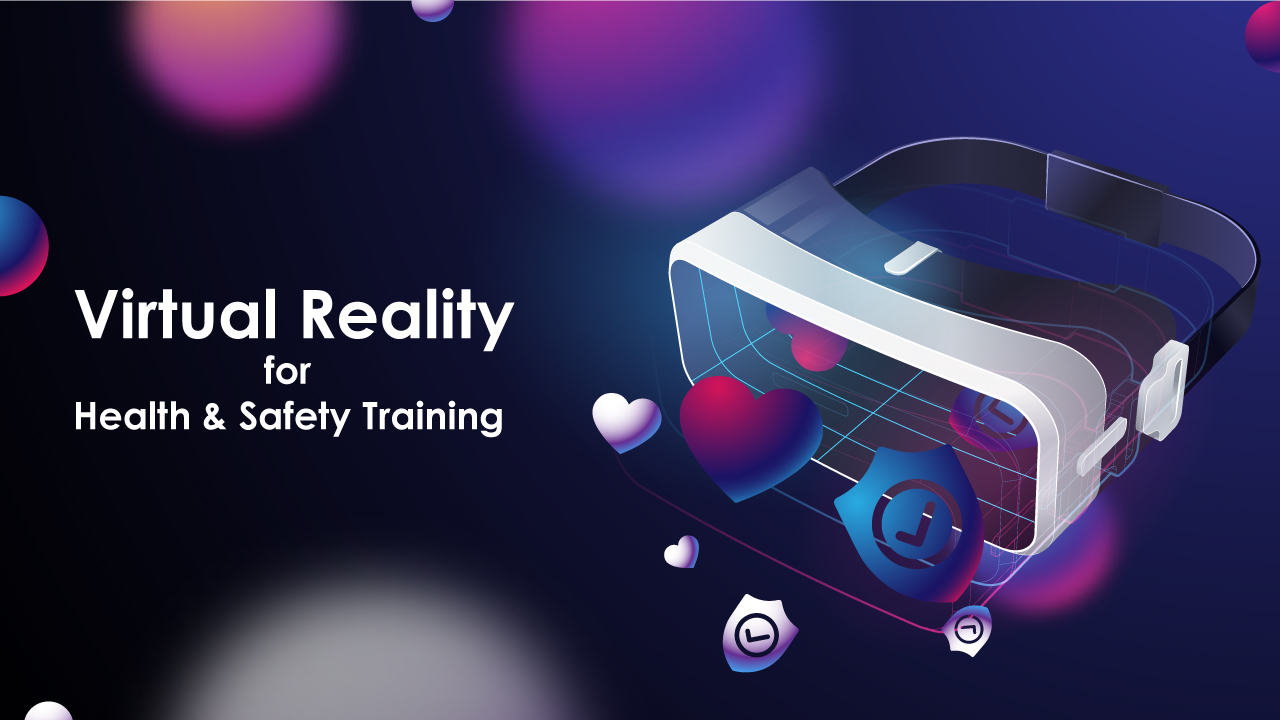Every organization needs to prepare the workforce for rapidly evolving world of technology and industries. Safety training at workplace is as important as workplace safety. Despite all safety precautions, no workplace is 100% safe and it’s important to avoid complacency. Many people perceive health and safety training to be a time-consuming, tedious task in today’s fast-paced world but there are a number of ways in which safety can contribute to an organization’s efficiency and productivity. The provision of a safe and secure workplace can be a powerful method of attracting qualified candidates, thus assisting in building an effective workforce for an organization. In addition to improving productivity and reducing operational costs, workplace safety training increases job satisfaction and employee retention. Working in a safe and secure environment encourages employees to stay focused, thus contributing to increased productivity. Unlike traditional methods which are limited to a time frame, VR allows the learners to access the training multiple times to perfect their health and safety training.
Employers and employees benefit from health and safety training since it can unite them in their pursuit of a common goal to ensure a safe, secure and productive workplace for everyone.
Why Choose VR for Health and Safety Training?
Virtual reality has been proven to be highly effective in training employees with confidence and skills. Learning through VR allows the learner to immerse themselves in a stimulating environment resembling real-world scenarios, even potentially hazardous ones while remaining in the comfort of their training location. The learners can be monitored and evaluated throughout the training process until they have mastered the skill satisfactorily. This provides learners with a comprehensive understanding of a process that will aid in reducing incidents. Organizations are leveraging VR as a safety training tool to bring the employees closer to real-world experiences without exposing them to real situations. Through regular or periodic training, even seasoned employees are constantly reminded of safety protocols which over time improve outcomes.
Benefits of VR in Health & Safety Training:
1. Safe Training Environment
For many organizations transferring traditional training methods is difficult and potentially dangerous. Virtual reality creates a realistic scenario environment resulting in easy and safe means of learning and transferring knowledge. With the advent of virtual reality, health and safety procedures can be reinforced which results in more confident and skilled employees. In addition to a safe training environment, training environments can be designed using different perspectives of a potentially dangerous situation so that the learners can experience the implications of their choices or actions. This gives them a holistic understanding of a process that will significantly aid in the reduction of incidents. Additionally, workers gain fundamental knowledge about job-related issues and raise awareness of the hazards they may encounter.
2. Cost-Effective
Virtual reality training offers long-term benefits and provides learners with an immersive, hands-on experience in a repeatable and scalable training program. Using VR technologies allows trainers to retain training information as they learn safely with secured supervision and instructions. It allows trainees to practice many times which reduce safety training cost and also keep them away from job sites until fully ready and qualified to join the team. The cost of VR training is lower compared to classroom training. VR can lower or even eradicate hidden training costs associated with things like equipment and professional supervisors hired for a specific period of time. VR makes it easy to scale and expand training programs. Thus, it results in training being more effective, tailored to the role and reduced training costs.
3. Improve Learner Engagement
In today’s era, employees feel that their professional development is as important as the job they do. Organizations need to invest in training programs for their employees and let the employees know that they are valued. Training through VR is an effective approach to do it. VR training benefits organizations by offering real-world experience without sacrificing effectiveness and engagement. The realistic nature of VR technology fully engages learners, leading to better knowledge retention and overall performance. Learners can practice critical skills that they have learned and apply skills in realistic VR scenarios. VR captures the undivided attention of the learner as they are immersed in a virtual environment and engage more with the learning materials. Learning in these virtual environments requires learners to consider all factors in order to complete the required actions, just like in real life. Providing employees with the opportunity to conduct their actual duties in a virtual world will prepare them for their actual roles in the real world. This leads to higher engagement as compared to instructor-led and on-the-job training.
4. Faster Training
The evolving industry needs, wants their employees to be quickly trained without compromising on the quality of training. Employees who are trained quickly and efficiently contribute to greater productivity. It is noted that learners using VR complete training faster than those using traditional approaches. A fully immersive training experience gives learners the opportunity to learn new skills faster and retain that knowledge. According to PWC research, VR trains learners up to 4X faster on average than traditional in-person instruction. As the learners are fully immersed in the virtual environment, they are more focused on the training content. When a learner wears VR headset it provides simulations that command the learner to navigate through the VR content and choose the directions to move ahead.
Conclusion
Using VR training for your company’s corporate learning strategy could be a major advantage as VR is currently one of the most powerful learning technologies. There are endless applications for VR health and safety training. It can be used as a tool to improve engagement and develop new competence in the workplace faster. This new simulated method of safety training has proven to be more helpful than a traditional training session ever could be, while improving safety in the workplace. Virtual reality is poised to become a major trainer tool for health and safety courses shortly. VR is a powerful tool that companies can use for upskilling their workforce.






